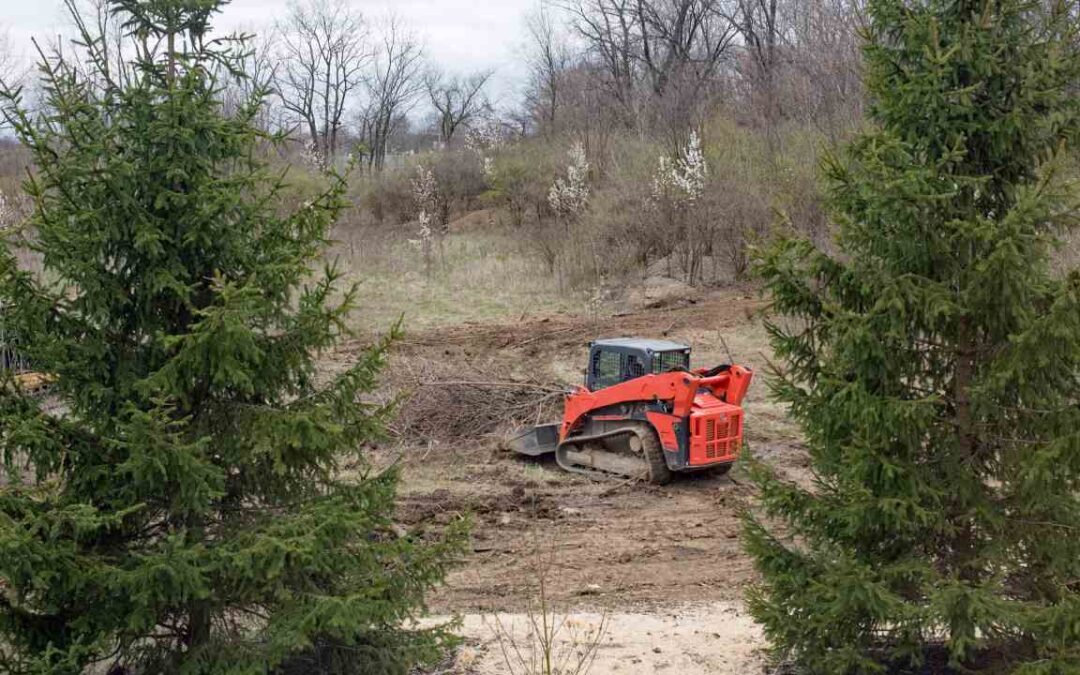When tackling the task of preparing land, the question often arises as to what is the most efficient way to clear it. Efficiency in land clearing isn’t just about speed; it’s about minimizing environmental impact, reducing costs, and ensuring the land is ready for its next use as quickly as possible. Here are several expert tips to help you do just that:
1. Conduct A Detailed Site Assessment
Start with a thorough assessment of the area. Understand the terrain, identify vegetation types, and note obstacles. This knowledge will help you choose the most effective clearing method and equipment, ensuring the job is done right the first time.
2. Select the Right Equipment
The right machinery makes a significant difference. Heavy machinery, such as bulldozers or excavators, may be needed for large areas with dense vegetation. Conversely, smaller plots or areas close to structures may benefit from using hand tools or smaller machines to reduce the risk of damage.
3. Use Sustainable Clearing Techniques
Opt for methods that preserve the ecosystem as much as possible. Techniques such as selective logging, where only a few trees are removed, help maintain the ecological balance of the land. This approach also reduces the amount of debris that needs to be removed, saving time and resources.
4. Hire Professional Services
Land clearing experts can dramatically increase efficiency. Their experience, knowledge of local regulations, and access to various types of equipment ensure that the work is done efficiently and in compliance with regulations.
5. Break the Project into Phases
Breaking the work into manageable sections allows for better planning and execution. This phased approach helps deal with unexpected challenges and ensures that each part of the project receives the attention it deserves.y.
6. Effectively Manage Waste
Efficient management of debris is critical. Options include burning, on-site shredding, or transporting the debris for disposal. Each option has its advantages, and the best option depends on the size of the project, location, and environmental considerations.
7. Plan for Erosion Control
After clearing the land, it is critical to implement erosion control measures to protect it. Techniques such as hydroseeding or installing silt barriers can prevent soil erosion, preserve the integrity of the site, and prepare it for future development or landscaping.


